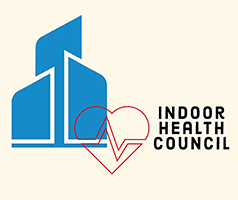AR, VR and AI – How Will Helper Technology Affect Cleaning and Training of Workers?
Just as airline pilots can be trained on simulators, workers can be trained using Augmented Reality (AR) and Virtual Reality (VR).
The question is: Will they be so trained and if yes, when?
Just as robots are now used for repetitive, tedious, dangerous, and or highly precise industrial work, will they replace or complement cleaning workers and, if so, when?
Follow the Focus, Money
In the current environment (2024), with the relatively low cost of entry-level labor (janitors) and the modest needs of most jobs; technology solutions will not be top-of-mind in most operations.
Follow the Money
As helper technologies (e.g., AR, VR and AI) become less costly to access, either through supply and demand market pressures, rental or leasing; helper or service tech will gradually become a part of the daily life of many workers.
This has already begun in operations in which the cost of tapping these innovations makes financial sense.
Our Position
At Indoor Health Council, we see technology best emerging through the lens of an Integrated Cleaning and Measurement (ICM) matrix tied to a scope of work unique to each cleaning operation.
The ICM scope of work relates directly to the purpose of cleaning. Making a personal application, if we clean because company is coming over in 15 minutes, that is a different scope of work than if we clean to prevent our kids getting the flu.
Selection of cleaning “tools” including those with AI, AR and VR technology, will depend on where they make sense; and largely whether and to what extent Identifying specific contaminants or pollutants matters, and which measurements pivot to the customer and affected business(es).
At IHC, our goal is to promote cleaning and training through the primary lens of health outcomes, but only when defined by a scope of work that will both (1) expand and (2) contract based on 1) awareness of “health” impacts both physical and fiscal, and related cleaning interventions, and 2) targeting surfaces that affect “health” most directly rather than the current shotgun method.
By the way, an important point to consider is that targeted not shotgun cleaning can significantly reduce “costs” on several levels.




